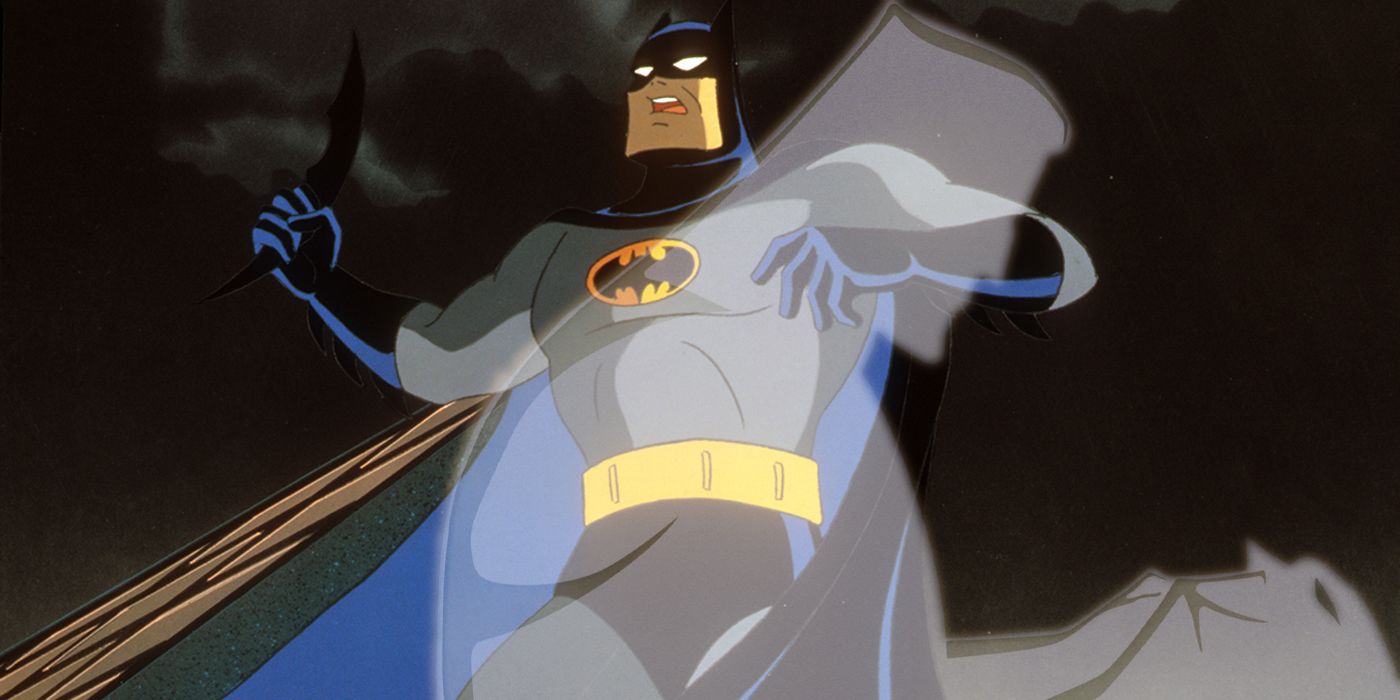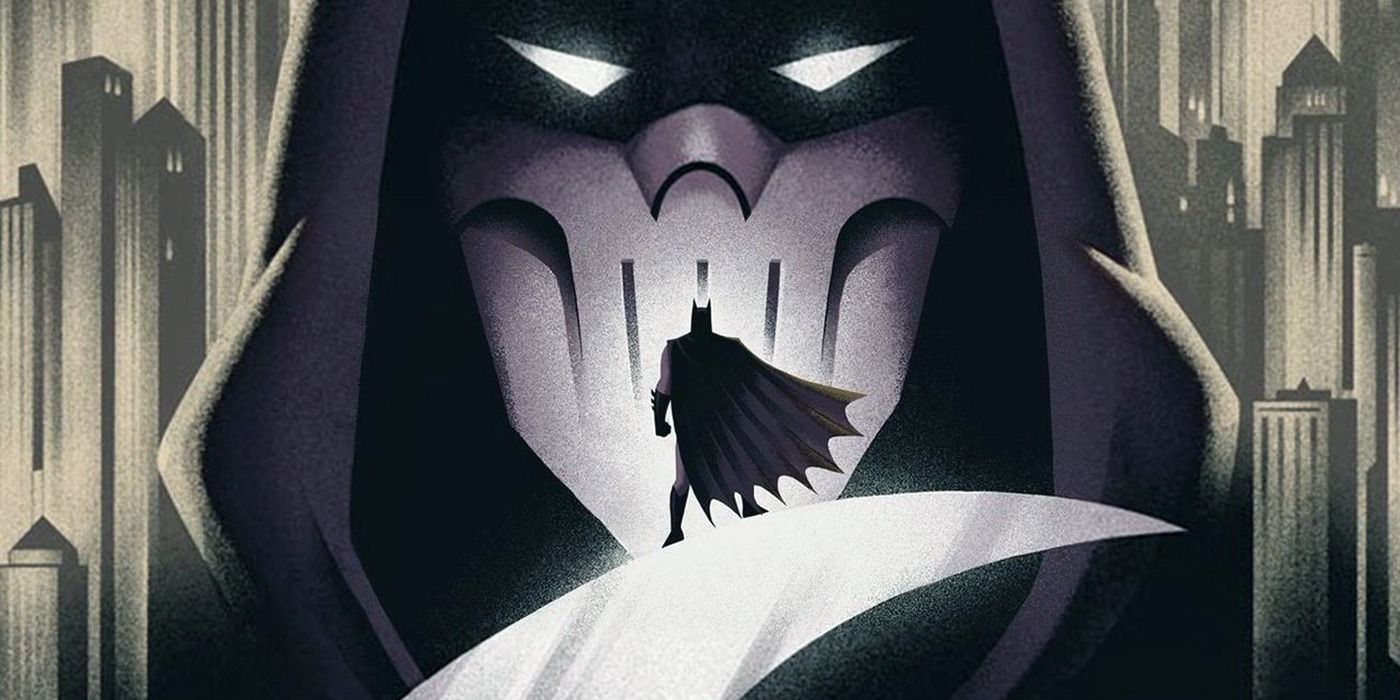Released in theaters over 20 years ago, Batman: Mask of the Phantasm remains the gold standard for adapting the Caped Crusader's origin story. Written as a cinematic sequel to the critically-acclaimed television show Batman: The Animated Series, the film retains most of the voice cast from the series as well, including Kevin Conroy and Mark Hamill lending their iconic voices to both Batman and The Joker respectively. The first animated Batman film to receive a wide-release in theaters, Mask of the Phantasm was unfortunately a box office failure due to it's theatrical release being planned so late; thankfully, the movie has reached cult status in later years due to its morally complex characters, rich animation, and emblematic approach to the titular hero.
Taking place ten years into the career of the Dark Knight, Mask of the Phantasm features a Bruce Wayne who is reconsidering his dedication to his war on crime, similar to the dilemma that Christian Bale's Batman finds himself in in The Dark Knight. This is spurred on by the unexpected arrival of Andrea Beaumont, an old flame and ex-fiance of Bruce Wayne before he became Batman. Amidst the emotional turmoil brought about by her return, Batman must also contend with a brutal new vigilante carving a bloody path through Gotham's criminal underworld: The Phantasm.
While the plot of the movie itself is exceptional, filled with twists and turns that rival even modern day mystery-thrillers, Mask of the Phantasm particularly shines in its attempts to re-contextualize the origins of the Batman. It does this by shining new light on the events that led to his decision to become the Dark Knight, while also providing a dark mirror to Bruce Wayne and the alter-ego he created, which was borne of vengeance.
Everyone with even a passing knowledge of the Batman character understands that the murder of Wayne's parents drove him to become a vigilante, with the goal of driving crime and corruption out of Gotham City. Mask of the Phantasm, however, takes the story a step further than most other Batman media does and shows the events that led up to his decision to become what Batman truly is: an instrument of fear and not just a crime-fighter. The film reveals that, after his first night of fighting crime, Bruce initially decided against becoming a vigilante. Wanting to respect the memory of his deceased parents, he proposed to Andrea Beaumont instead, choosing to live a life with her. These plans were of course cut short, with Andrea and her father leaving Gotham under mysterious circumstances. Andrea's sudden departure leaves Bruce with no avenues for a normal life, and in his desperation he decides to become Batman.
The inclusion of this additional context allows Mask of the Phantasm to retell Batman's origins in a way that feels fresh and relevant to a case that he's currently grappling with years later. Realizing that Bruce became the Dark Knight because he'd exhausted all his other options gives his story an even more tragic feel; not only was he denied family as a child, but he was denied the possibility of starting his own due to criminal activity a second time.
Mask of the Phantasm also casts a direct parallel on Bruce's decision to become Batman through the character of Andrea Beaumont. The shocking twist reveal of the movie is that Andrea is actually The Phantasm, murdering the mobsters responsible for the death of her gang-involved father. Andrea turned her grief into a crusade as well — except unlike Bruce, hers was one of revenge and murder. By tying their relationship directly into their respective decisions to wage war against criminals, Batman: Mask of the Phantasm re-contextualizes the origins of the Batman in a bold way — and reveals just how little separates Bruce Wayne from someone like The Phantasm in the process.


